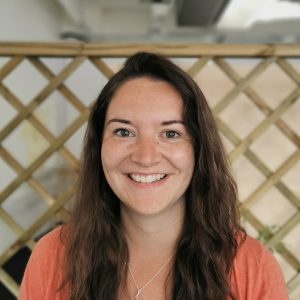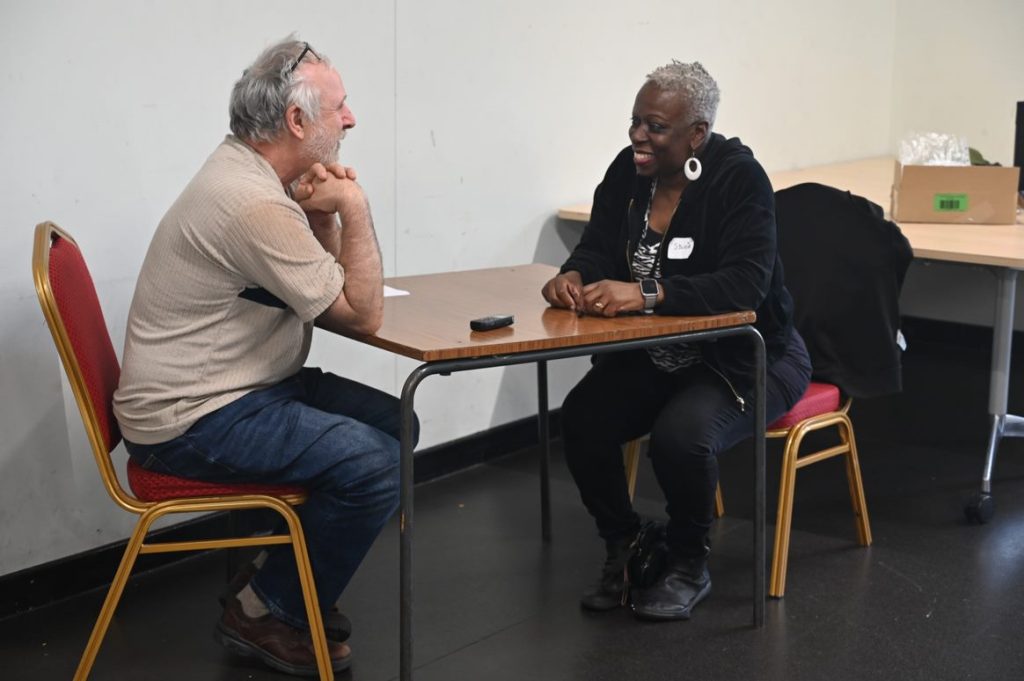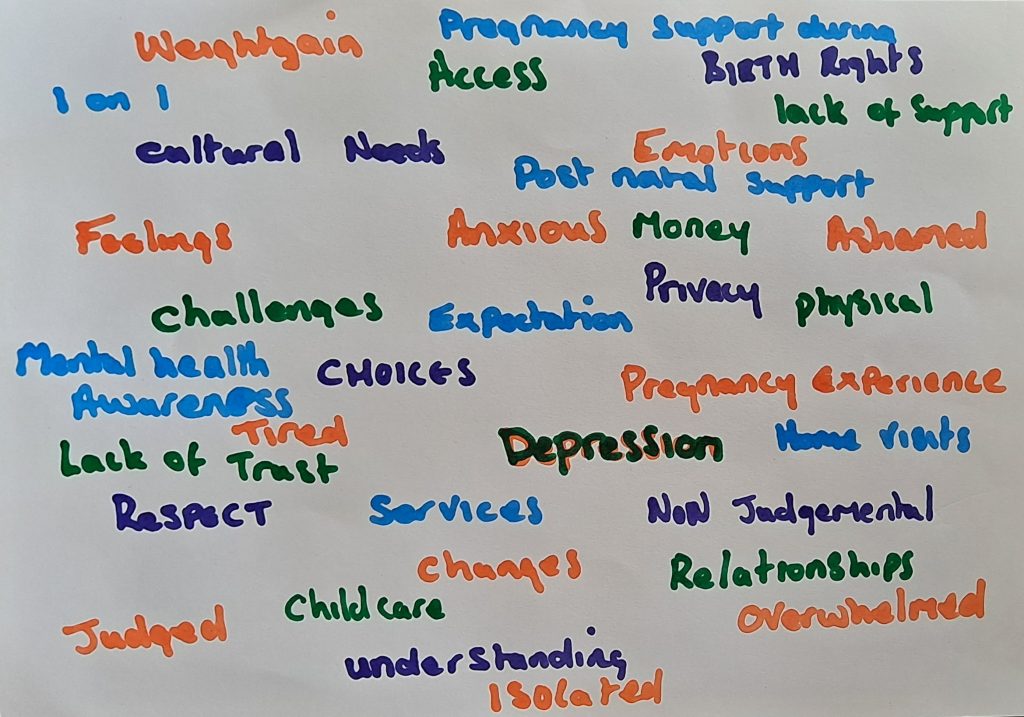
Hannah
The Research and Insight team at the Active Wellbeing Society work with communities who are facing the highest level of inequalities and are least often heard, to amplify their voices to inform policy and practice.
Hannah shares the team’s approach to co-designing and delivering research with communities.
She emphasises the value of co-production within research is to ensure people’s voices are heard throughout the process. So that people are not only answering research questions, but they also decide what research questions should be asked in the first place
Tell us about a time you co-created with people
So, we recently worked on a project that was funded by Birmingham and Solihull ICS and via BVSC we were commissioned to deliver a fixed-term co-production project about digital health services.
We reengaged community researchers we had previously trained in another project. We provided them with more project specific training and refreshers so they could become co-researchers with us on that project.
We were given some areas of questions from our funding partners, and we worked with the community researchers to help to shape those. The community researchers looked at and deconstructed those questions and said, “well, we wouldn’t use that word there, that doesn’t mean anything within my community”, so we talked through alternatives.
They co-facilitated the focus groups with us. It was an Active Wellbeing Society member of staff and a community researcher, and we held three focus groups and for people with long term physical health issues in receipt of benefits. TAWS colleagues did the initial analysis and then we took that back to the co-researchers if the analysis represented what had been shared and what they had captured in their notes.
We then met with the focus group participants for a further hour and played back what we had understood from the community research. It worked really well and made the focus group participants feel that they really had been heard.

What steps do you take to co-create with people?
Going where people gather We go out and do focus groups where people are at. We go into GP surgeries; we go into cafes… We’re not asking people to come to a formal research environment. We try and create an environment which feels open and safe and as equal as possible, in terms of power dynamics.
Clear, but flexible timelines It’s important co-researchers feel they have time to ask questions and feel prepared and ready to go to the next session. As employees, this means we have to turn around research very quickly to make sure we have enough time for meetings, reflection and changes in between.
Involving people who are affected Structural inequality means some communities are disproportionately affected by poor health. People from these communities have rich lived experience, so when we recruit community researchers, we deliberately engage with people from specific groups, to help tackle these issues. We give people research training, and they go back to their communities, to work with them.
Space to feedback: It’s not just community researchers telling the Research team stuff or giving us data. We invite research participants’ input in analysis of the findings.This gives them the chance to hear what we have taken from our discussions, and make sure what we have heard is actually what they meant.
To do this well, you must give community researchers enough time go through the data to make sure that they’re feeling confident going into feedback sessions.
What difference do you think it makes when you co-create with people?
There are enormous benefits of working in this way.
For community researchers, I think they really enjoy doing it. They develop skills, gain confidence. They enjoy the opportunities it brings. Being part of producing research also de-mystifies the processes involved. It lessens that worry that if you take part in research your words will be misinterpreted or used to support an agenda. When we feed findings back to people, there is a real feeling that people have been heard and that it felt a lot less like a kind of tick box exercise. So, it also creates a strong sense of agency.
For our organisation, I think it’s beneficial having a community researcher in the room, co-facilitating. Often with research, academics or people parachute into a community and deliver it, which creates a ‘you’ and ‘them’ situation. Working with community researchers reduces that gap.
For the research, it also gives us confidence that reports you’ve produced are corroborated by and with the people that you’ve been working with. When you’re sharing that back to partners or to influence policy, that is really key … there is a real feeling of being heard.


